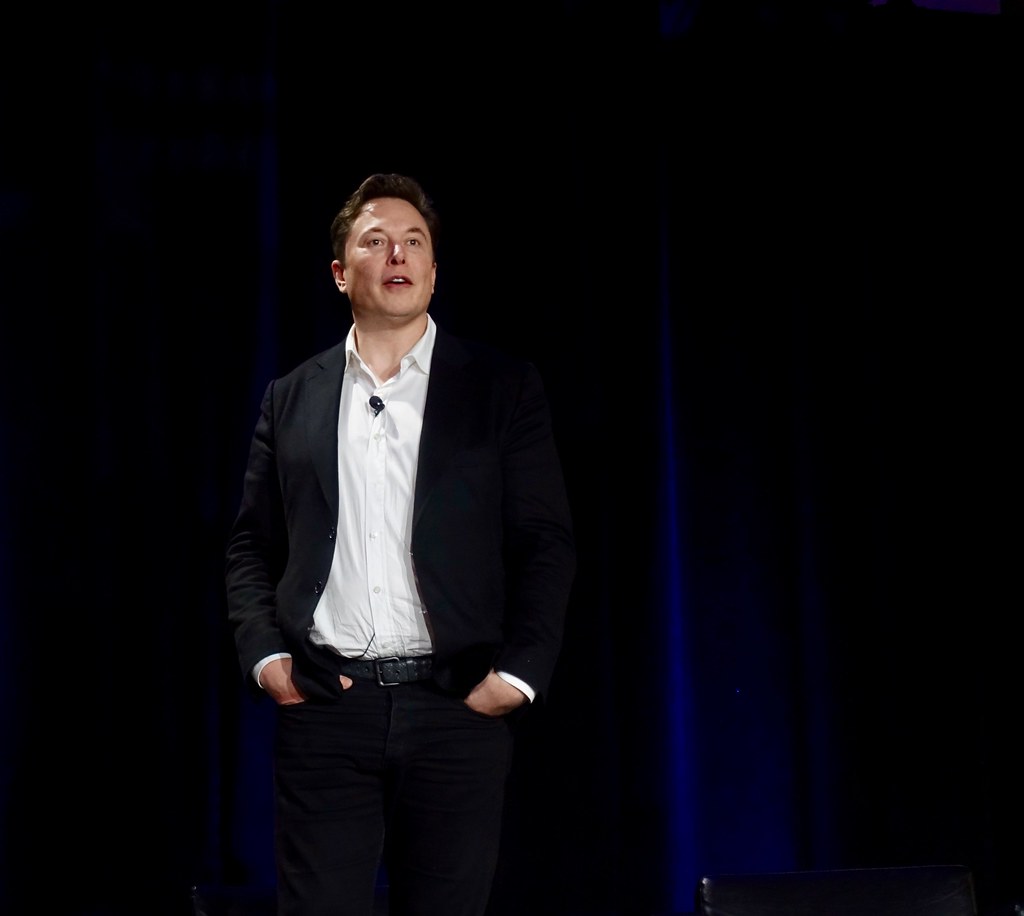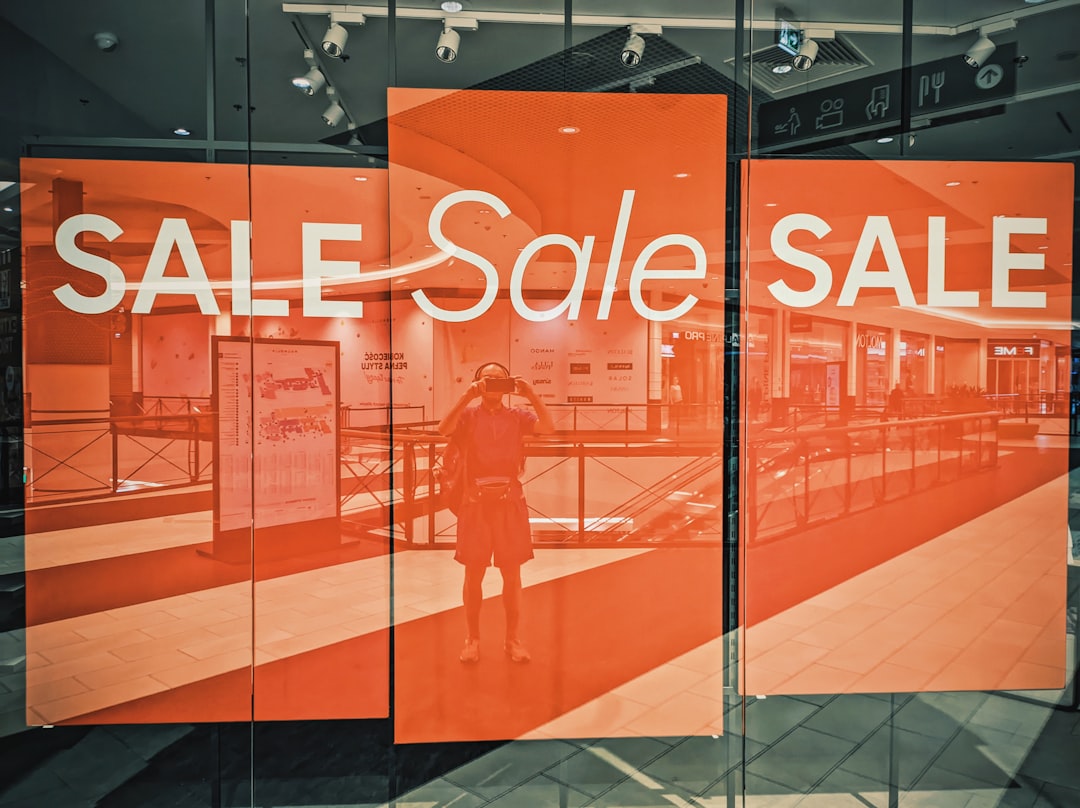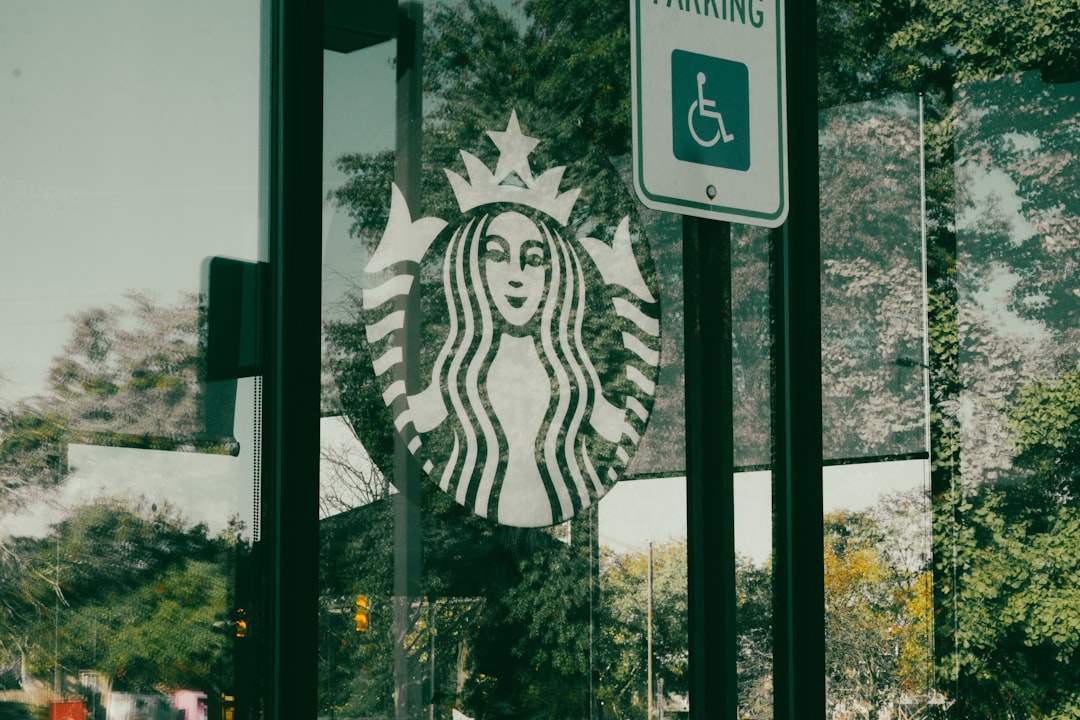Breakfast Cereals and Artificial Colors

Colorful breakfast cereals like Froot Loops and Cap’n Crunch are a staple for many American families. What’s surprising is that these cereals often get their rainbow look from artificial food dyes like Yellow 5, Yellow 6, and Red 40. These very dyes are banned or restricted in the European Union due to links with hyperactivity in children and concerns over possible carcinogenic effects. In the U.S., these cereals are available everywhere, but in Europe, food makers have to switch to natural colorants like paprika extract or turmeric. According to a 2023 report by the European Food Safety Authority, the EU requires warning labels on foods containing these dyes, while some countries prohibit their use entirely. This means that a bowl of cereal before school in the U.S. can be completely different from what kids eat in Europe.
Mountain Dew and Brominated Vegetable Oil

For many teenagers and adults alike, Mountain Dew is the go-to drink to get a quick caffeine fix. But until recently, this citrusy soda contained brominated vegetable oil (BVO)—an ingredient banned in the EU and Japan due to concerns about possible toxic effects on the thyroid and nervous system. BVO is used to keep the citrus flavor evenly mixed, but studies, such as a 2021 review published by the European Commission, have suggested it can build up in human tissue and potentially cause memory loss or skin irritations. While PepsiCo has announced plans to remove BVO from Mountain Dew in the U.S. by 2025, bottles containing the ingredient still line American shelves today.
Mac and Cheese with Artificial Yellow Dye

A comforting bowl of mac and cheese might seem innocent, but those vivid yellow noodles often get their color from artificial dyes like Yellow 5 and Yellow 6. These additives are strictly controlled in Europe and, in some cases, banned in food for children. The U.S. Food and Drug Administration (FDA) still allows these dyes, but the European Union’s 2024 regulations require clear warning labels or substitute natural colorants entirely. Kraft even reformulated its product for the European market, using paprika and beta-carotene instead. American mac and cheese, however, continues to contain these synthetic dyes, making it a meal that’s simply not the same on both sides of the Atlantic.
Farmed Salmon with Synthetic Astaxanthin

Many Americans enjoy salmon for dinner, but farmed salmon is often dyed pink using synthetic astaxanthin to mimic the color of wild salmon. Europe allows only natural forms of astaxanthin—synthetic versions are not permitted due to safety concerns. The European Food Safety Authority’s 2022 findings raised questions about synthetic astaxanthin’s long-term effects, including possible impacts on reproductive health. In the U.S., however, synthetic astaxanthin remains a common additive in farmed salmon, so that store-bought salmon fillet might look appetizing, but it contains a coloring agent that’s off-limits in the EU.
Bread with Potassium Bromate

Warm, fluffy white bread or hamburger buns are everyday fare in the U.S., but what most people don’t know is that many of these breads are made with potassium bromate. This chemical is used to strengthen dough and help it rise higher, but it’s classified as a possible human carcinogen by the International Agency for Research on Cancer. The EU, Canada, and several other countries have banned its use in food altogether. According to the Environmental Working Group’s 2023 database, potassium bromate is still found in hundreds of bakery products in the United States. In Europe, bakeries use safer alternatives like ascorbic acid.
Skittles and Titanium Dioxide

Skittles, with their rainbow of colors, are a favorite for kids and adults alike, but their shine comes from titanium dioxide—a whitening agent that’s banned in the EU as of 2022. The European Food Safety Authority found that titanium dioxide particles could accumulate in the body and potentially damage DNA, leading to the ban. In the U.S., the FDA continues to allow titanium dioxide in candies, chewing gum, and even salad dressings. This means that a pack of Skittles in America contains an ingredient considered unsafe for human consumption by European standards.
Chicken Nuggets and Ractopamine

Fast-food chicken nuggets are a comfort food across the U.S., but the chicken used may have been raised with ractopamine, a drug that promotes lean muscle growth. Ractopamine use is strictly prohibited in the EU, Russia, and China due to concerns over cardiovascular and behavioral effects in humans, according to a 2023 World Health Organization report. While the U.S. Department of Agriculture allows the use of ractopamine in pork and beef as well, European regulations ban imports of meats containing any trace of the drug. Chicken nuggets in the EU therefore come from birds raised without these growth-promoting chemicals.
Coffee Creamers and Partially Hydrogenated Oils

Non-dairy coffee creamers are a morning essential for millions of Americans, but many brands contain partially hydrogenated oils—the main source of artificial trans fats. The EU banned trans fats in processed foods as of April 2021, following a World Health Organization recommendation to reduce heart disease risk. In the U.S., the FDA began phasing out trans fats in 2018, but some creamers still contain them due to regulatory loopholes. This means that a cup of morning coffee in America might include an ingredient completely off-limits in Europe.






